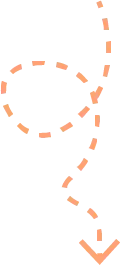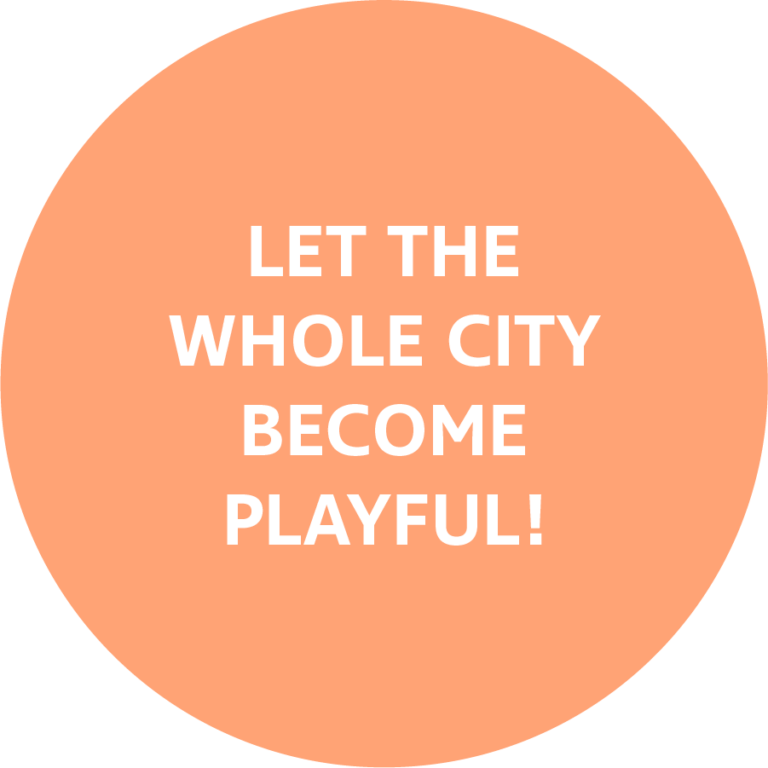Home / CHILD-FRIENDLY CITIES / Child-friendly streets / Playful street environments
A place for play does not necessarily have to be a fenced-in island in a park or square. We could spread the play out. Have you considered:
The fact that children and young people make up almost a quarter of the population in Sweden is not reflected in our cityscapes. Wouldn’t spreading play opportunities in the urban environment make for a fairer city, where children are more visible and feel more seen?
Integrating play opportunities into the urban environment, isn’t that like integrating play into our everyday routines? It opens up the possibility for children and adults to play spontaneously, on their way to other goals, rather than having play as a destination.
That traditional playgrounds are only geared towards children? By integrating play elements into the urban environment that engage young and old, we promote community across age groups. It could be a city that makes young people feel more seen while engaging all ages in play.
In today’s society, cities are characterised by hectic pace and urbanisation, which sometimes leads to important aspects of human well-being being overlooked. One such aspect is the opportunity for play, which is crucial for the physical and mental health of both children and adults. Spreading play opportunities and play signals across cities, rather than limiting them to dedicated playgrounds, is a step towards creating more inclusive and playful urban environments.

Integrating play opportunities into the urban environment outside playgrounds promotes spontaneous play. Water, large rocks, climbing-friendly sculptures, height differences, climbing trees, shrubbery, lying tree trunks and more subtle play signals can enrich children’s living environments with play opportunities. Children and adults can enjoy playful activities in everyday life, wherever they are. This can help reduce stress and improve quality of life.

Traditional playgrounds are often geared towards children, which can leave adults without similar recreational opportunities. By spreading play signals across cities, urban planning can integrate playful elements that engage people of all ages, fostering community and togetherness. Urban design that makes children and young people feel more visible while engaging all ages.

Restricting play opportunities to specific areas can create crowded zones and congested playgrounds. Integrating play into urban space can create more accessible and equitable play environments where everyone can participate without barriers.

Play is not only fun but also an important part of creativity and learning. Incorporating play opportunities into the urban environment can encourage spontaneity, exploration and problem solving, which benefits the development of both children and adults.

Spreading play opportunities across the city increases visibility and creates safer urban spaces. Making play visible in different areas can reduce the risk of unsafe places and promote a positive atmosphere.

Spreading play opportunities and play signals across cities is an investment in people’s well-being and the quality of life of urban areas. By making play accessible everywhere, we create a more inclusive and playful city where people of all ages can enjoy the benefits of spontaneous play and recreation. It is time to redesign urban space and make room for playfulness to promote a healthier and happier urban environment.
Discover how play-friendly urban spaces can be created through selective interventions with playspots. This master’s thesis examines and discusses important aspects of designing play-friendly outdoor environments for children, based on a literature review and a case study in Odense Municipality.

We use cookies to give you the best experience on our website. If you continue to use this website, you agree to the use of cookies.
Vi använder cookies för att ge dig den bästa upplevelsen på vår hemsida. Om du fortsätter att använda den här webbplatsen godkänner du detta.